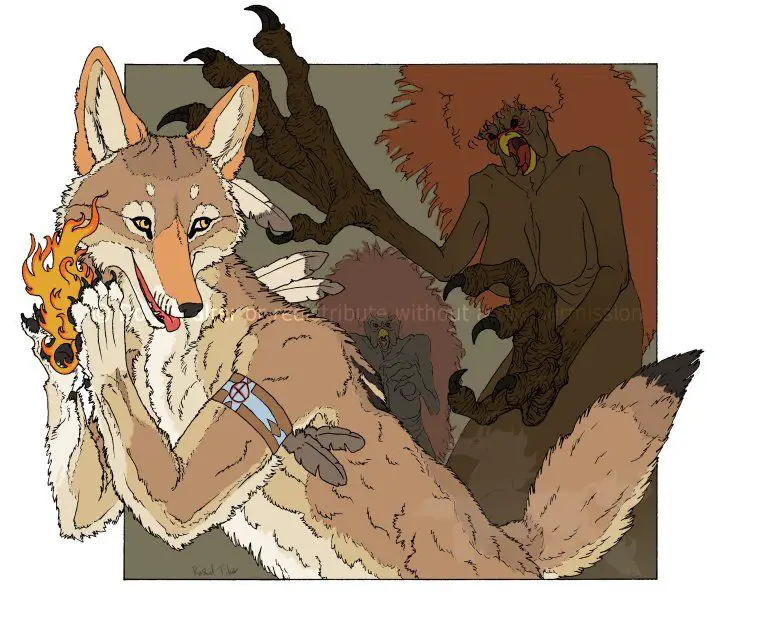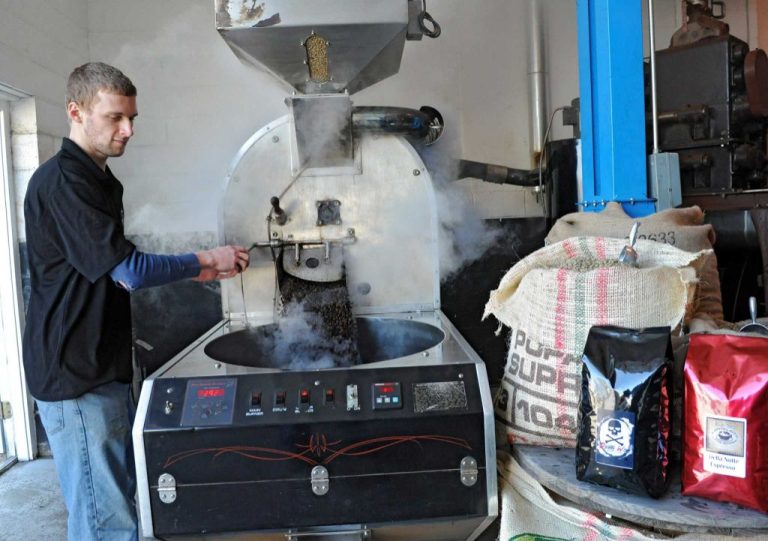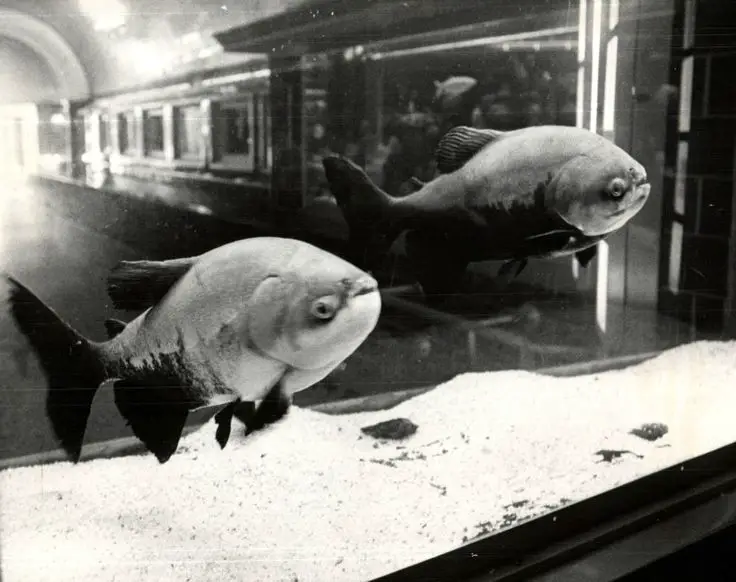Can You Do Anything With An Modeling Clay Animal Crossing?
Animal Crossing is a popular life simulation video game series published by Nintendo. The games allow players to live in a village inhabited by anthropomorphic animals, carrying out various activities like fishing, bug catching, and fossil hunting. Players can collect various furniture items and accessories to customize their villager’s house and the overall village landscape.
Animal Crossing’s lighthearted style and cute animal characters have made the franchise wildly popular. Fans enjoy collecting merchandise and making crafts related to the game. One fun craft is sculpting Animal Crossing characters out of polymer or modeling clay. With some basic supplies and techniques, you can create your own miniature clay versions of favorite villagers, NPCs, and accessories from the games.
This guide will walk through the process of sculpting playable Animal Crossing characters out of clay. We’ll cover choosing clay, sculpting methods, baking and painting techniques, and tips for capturing the recognizable style of Animal Crossing. Whether you want to make Isabelle, Tom Nook, or your own villager, clay is a flexible and fun medium for bringing these characters to life.
Materials Needed
To get started sculpting Animal Crossing characters from modeling clay, you’ll need to gather a few basic supplies:
Types of Modeling Clay
The type of modeling clay you choose will impact the finished look and durability of your sculptures. Here are some of the most common options:
- Polymer clay – Oven-bake clay that cures into a hard, durable finish. Pros include bright colors and not drying out. Cons are potential fumes when baking.
- Air-dry clay – Clay that dries and hardens at room temperature. Comes in white and natural clay colors. Very easy to use but more brittle when dry.
- Epoxy clay – Self-hardening putty that can be kneaded then will harden on its own. Provides a strong, lightweight finished product.
Clay Sculpting Tools
Having the right sculpting tools makes shaping and detailing your clay models much easier. Recommended tools include:
- Clay shaping tools – Loop tools, ribs, rollers, cutters
- Detailing tools – Clay shapers, sculpting stylus, dotting tools
- Soft bristle paint brushes
- Toothpicks or wooden skewers
Paints
Acrylic paints work well for adding color and details. You’ll want basic colors like:
- Black, white, brown
- Skin tones, red, yellow
- Metallic paints for accents
Gather these materials before starting your Animal Crossing clay sculptures for smooth sailing through the sculpting process.
Clay Selection and Prep
When working with polymer clay to create Animal Crossing figures, you’ll first need to select the right type of clay and colors for your project. The two main types of polymer clay are Sculpey and Fimo, both leading brands. Sculpey clays tend to be softer and more flexible when raw, while Fimo clays are firmer. Both work well for modeling figures. Opt for a clay that labels itself as good for sculpting.
For an Animal Crossing project, choose clay colors that match the characters you want to make, such as peach/pink for skin, brown for tree trunks, green for grass, etc. It’s best to use an assortment of clay colors rather than trying to paint raw clay, as the paint can chip or fade over time. In addition to the regular clay blocks, look for specialty clays like translucent liquid sculpey for windows or glitter clays for sparkly effects.
Before sculpting with the clay, it’s important to properly condition it by kneading and softening. This makes the clay more malleable and easier to work with. To condition clay, roll it and fold it over itself repeatedly. The warmth and pressure from your hands will soften the clay. If it’s very stiff, let it rest for a few minutes to become pliable. Properly conditioned clay will be smooth, elastic and free of cracks or air bubbles. Avoid overworking or tearing the clay while conditioning.
For safety when working with polymer clay, work in a well-ventilated area and avoid contact with eyes and mouth. Wash hands after use, and thoroughly clean any work surfaces when finished.
Sculpting Techniques
When sculpting with polymer clay, the key techniques involve shaping the basic forms, adding details and textures, and properly baking the pieces. Here are some tips for working with clay:
Start by shaping the basic body, head, limbs, etc. Roll balls and tubes of clay, pinch and blend them together. Use tools like clay shapers and sculpting knives to refine the forms. Let the clay firm up slightly between steps.
Add details and textures to bring your sculpture to life. Make indents with tools, add scales or fur patterns, attach ears and tails. Texture the surface by pressing in objects, using a roller, or cutting patterns.
Pay attention to baking times and temperatures. Follow the clay manufacturer’s guidelines, as over-baking can cause burning or cracking. Typically polymer clay bakes for 15-30 minutes at 265-275°F. Allow pieces to cool completely before handling.
With practice and creativity, these fundamental techniques will help you sculpt impressive polymer clay figures from the Animal Crossing world.
Creating Animal Characters
Planning out your design before starting to sculpt is an important first step. Look at reference images of the Animal Crossing villager you want to create and sketch some quick concept drawings to visualize the final pose and proportions. Consider which features are most recognizable for that character and will help identify who it is.
When sculpting the figure, pay close attention to capturing identifiable details like ears, tails, feathers, etc. For example, cat villagers will need pointed ears, mice will need round ears and long tails, and birds need wings and beaks shaped like their species. Work slowly and gradually build up these features.
To finish your clay model, consider adding textures to make it look more realistic. Use small clay tools to etch in fur, hair, scales, feathers, or other patterns appropriate for your character. Practice making different textures on clay scraps first until you achieve an effect you like. Paint can also help add definition after baking. Textures really bring clay sculptures to life.
Painting
After the clay sculpture is complete, the fun part is adding color and bringing your Animal Crossing characters to life with paint. Acrylic paints are recommended for painting polymer clay as they adhere well and provide vivid colors. Start with a basecoat of the main color for each section, then go back to add shadows and highlights.
Add shadows using darker tones of the base color. Stroke the paint along edges, crevices and areas that would be shaded. Highlights involve lightening the base color and painting on areas that would naturally catch the light. Use white to make bright highlights on the tops of ears, noses and other raised areas. You can also mix the base color with white. Blend the edges of the shadows and highlights so they fade smoothly into the basecoat.
By using lighter and darker values of a color, you can create depth and form to make the sculpted clay figures seem more 3D and lifelike. Pay attention to the direction of the light source and think about where shadows logically fall. Highlight the opposite sides of where shadows are cast. Varying the paint application between solid colors, gradients, and color blending will add visual interest too.
Displaying Figures
After spending hours or days sculpting and painting your custom Animal Crossing figures, you’ll want to proudly display them for all to see. But before placing them on your shelf or tabletop, it’s important to consider how to properly showcase your clay creations.
For stability, most sculpted figures benefit from a base or stand. This helps prevent tipping and damage. Acrylic risers are inexpensive and come in a range of heights, providing a useful transparent platform for your sculptures. Wooden bases can be painted to blend in or coordinate with your design. Some clays, like polymer clay, can be baked directly onto a base.
You can also make creative dioramas by placing your figures within a themed setting. Build a miniature island or village, complete with tiny furniture and accessories. Use fake grass, sand and model trees to set the scene. This adds a sense of environment and interaction to your display.
To protect your artwork from dust, fingerprints and accidentally getting knocked over, consider covering your display with a clear acrylic box. This creates a protective barrier while still allowing the figures to be clearly viewed.
Proper lighting can also enhance the display. Avoid direct sunlight which can cause fading. LED strip lights add a nice accent glow. Spotlights create dramatic shadows. The lighting options are endless!
With a little creativity you can build displays that complement your hard work while preventing damage. Proudly exhibit your Animal Crossing clay creations for all to enjoy!
Advanced Techniques
Once you have mastered the basics of sculpting with polymer clay, you can move on to more advanced techniques to take your creations to the next level:
Two-Part Molds
Making a two-part mold allows you to reproduce your sculpts identically. To make a two-part mold:
- Create your original sculpt on an armature.
- Build a container around the sculpt and pour silicone over to make the first half of the mold.
- Once cured, remove the original sculpt from mold.
- Brush mold release on first half of mold.
- Reassemble mold and pour silicone to create second half.
- Once fully cured, separate mold halves and pour polymer clay into to make reproductions.
Armatures for Strength
For large or complex sculpts, add an armature underneath for strength and stability:
- Use aluminum wire, thick floral wire or a wire coat hanger.
- Bend into rough shape of sculpt.
- Add foil for bulk before adding clay.
- The armature becomes embedded within the clay.
- Allows the sculpture to be hollow yet supported.
Coloring Clay
For a solid color throughout without painting:
- Condition clay by kneading before use.
- Mix in a small amount of oil-based clay colorant.
- Knead to evenly distribute color.
- Resulting clay can be sculpted as usual.
- Eliminates the need to paint completed piece.
Troubleshooting
Even the most experienced modelers can run into issues when working with modeling clay. Here are some tips for troubleshooting common problems:
Fixing Cracks, Breaks and Imperfections
If your sculpture develops any cracks or breaks, there are a few ways to fix it:
- For small cracks, press the two sides of the crack together firmly and smooth over the area with your fingers or a clay shaping tool.
- For larger cracks or broken pieces, apply a small amount of liquid clay or acrylic sealant to the broken edges and press them back together firmly. Hold for 30-60 seconds.
- Use additional clay to fill any gaps or holes, smoothing it flush with the surrounding area.
- An imperfect joint can be concealed by texturing the surface, adding clay details like scales or fur, or painting over it.
Avoiding Common Mistakes
Here are some tips to help avoid problems when sculpting with clay:
- Work on a solid, smooth surface – an uneven work surface can lead to warped or cracked clay.
- Avoid handling details excessively – modeled clay can lose its shape and smoothness if handled too much.
- Let clay dry fully before baking – baking clay before it dries can cause cracking or breakage.
- Smoke, dust and fibers can leave impressions – work in a clean environment.
- Store unused clay in an airtight container to prevent drying out.
- Don’t sculpt pieces too thin – thinner areas are prone to breaking.
With practice and care, you can create smooth, detailed clay sculptures free of imperfections.
Conclusion
With the right materials and techniques, you can bring your favorite Animal Crossing characters to life with modeling clay. We walked through selecting the right clay, basic sculpting techniques like adding texture and depth, painting tips, and how to properly display your finished sculptures. While it takes practice to hone your clay sculpting skills, the ability to create custom Animal Crossing figures makes the effort worthwhile.
Hopefully this guide provided some inspiration for your own Animal Crossing clay modeling projects. Let your creativity shine by designing original characters or recreating your island villagers. The modeling clay medium allows for so much artistic freedom if you’re willing to experiment. Approach the sculpting process with patience and don’t get discouraged if your first attempts don’t turn out perfectly. With each new figure you make, you’ll level up your skills. Soon you’ll have a collection of professional-looking Animal Crossing clay models to exhibit.




